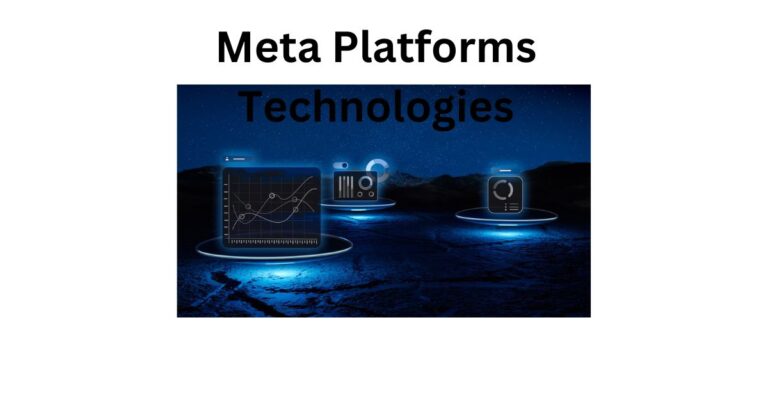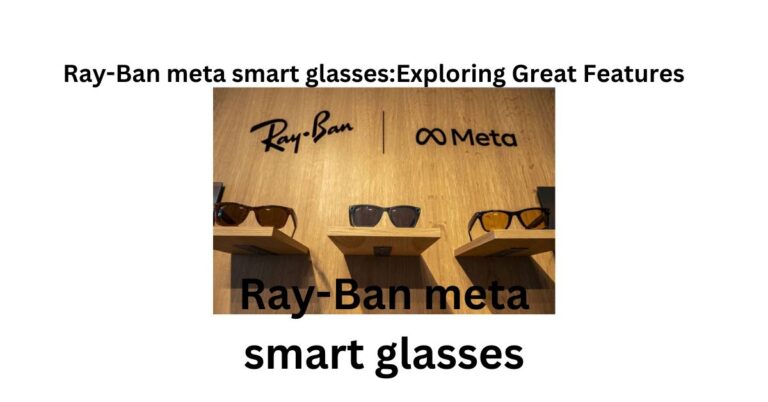Understanding Display Panels: A Comprehensive Guide
Introduction
In today’s tech-driven world, display panels play a pivotal role in our daily lives. From the screen of your smartphone to the TV in your living room, these panels come in various forms, each serving a unique purpose.
In this article, we’ll delve into the diverse world of display panels, exploring electronic and non-electronic types, and providing insights to help you make informed choices.
Electronic Display Panels
1. LCD (Liquid Crystal Display) Panels
LCD panels are the backbone of most TVs and monitors. They utilize liquid crystals to control pixel light, offering a reliable and widespread display technology.
2. LED (Light Emitting Diode) Panels
LED displays, gaining popularity, provide brighter images, superior contrast, and energy efficiency. High-end TVs and monitors often feature this advanced technology.
3. OLED (Organic Light Emitting Diode) Panels
OLED panels represent the pinnacle of display quality, delivering unparalleled picture quality. Despite their cost, they offer an unmatched visual experience not found in other technologies.
Non-Electronic Display Panels
4. Pop-up Banners
Portable and versatile, pop-up banners are perfect for temporary events like trade shows, providing a dynamic visual presence.
5. Retractable Banners
Ideal for permanent displays, retractable banners offer a practical solution. They can be rolled up and stored when not in use, ensuring longevity.
6. Sign Stands
Versatile sign stands accommodate various display needs, making them an excellent choice for different settings and purposes.
Choosing the Right Display Panel for Your Needs

7. Determining Your Display Type
Before making a decision, consider if you need an electronic or non-electronic display panel. This sets the foundation for the subsequent choices.
8. Intended Use
Define the purpose of your display panel – whether it’s for a TV, computer, retail store, or other applications. Tailor your choice to match your specific requirements.
9. Budget Considerations
Understanding your budgetary constraints ensures that you find the best display panel without breaking the bank.
Comparing VA and IPS Panels
10. IPS Panels: Strengths and Weaknesses
- Wide Viewing Angles: Ensures consistent colors from various angles.
- Good Color Accuracy: Ideal for color-critical work and vibrant displays.
- Faster Response Times: Critical for smoother motion, especially in gaming.
11. IPS Panels: Weaknesses
- Lower Contrast Ratio: Blacks may appear less intense.
- Higher Prices: Generally, IPS panels are more expensive.
12. VA Panels: Strengths and Weaknesses
- High Contrast Ratio: Deep and dark blacks for immersive experiences.
- Affordability: Budget-friendly option.
- Decent Color Reproduction: Good color vibrancy for most users.
13. VA Panels: Weaknesses
- Narrow Viewing Angles: Distorted colors when viewed from the side.
- Slower Response Times: Motion blur may be noticeable, especially in fast-paced games.
Choosing the Right Panel for You
14. Prioritizing Your Needs
- Color-Critical Work: Opt for IPS panels.
- Gaming and Dark Environments: Choose VA panels.
- Budget-Conscious Users: Consider VA panels but be aware of limitations.
Conclusion
Understanding display panels is crucial for making informed decisions about your visual experience. Whether you’re into gaming, professional design, or need displays for various settings, knowing the strengths and weaknesses of different technologies empowers you to choose wisely.
FAQs
1. Are OLED panels worth the higher cost?
Absolutely. If top-tier picture quality is your priority, OLED panels are unparalleled despite their higher price.
2. Can I use a pop-up banner for outdoor events?
While pop-up banners are designed for indoor use, some are suitable for outdoor events, so check the specifications.
3. Is motion blur noticeable in everyday use on VA panels?
For regular use like browsing or office work, motion blur on VA panels is generally not a significant concern.
4. Are IPS panels worth the extra cost for casual users?
For casual users, the added cost of IPS panels may not be justified unless color accuracy is crucial for your activities.
5. What’s the lifespan of LED display panels?
LED panels have a long lifespan, typically lasting around 100,000 hours, ensuring prolonged usage.






